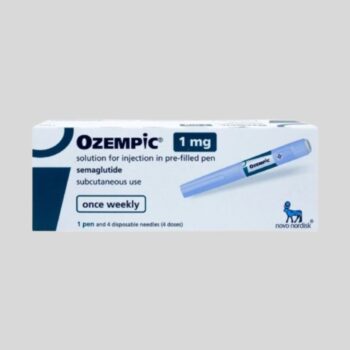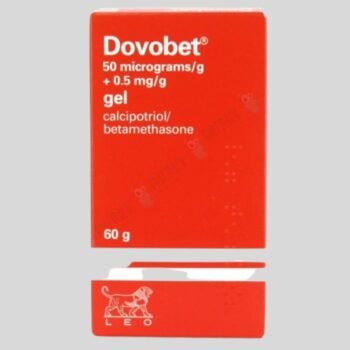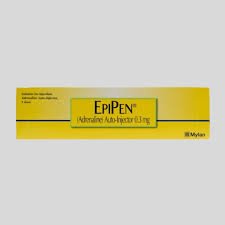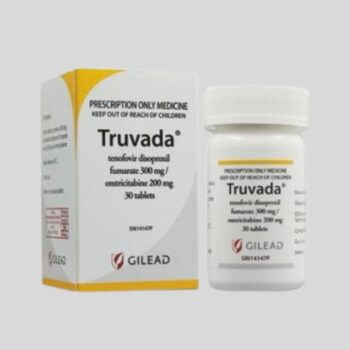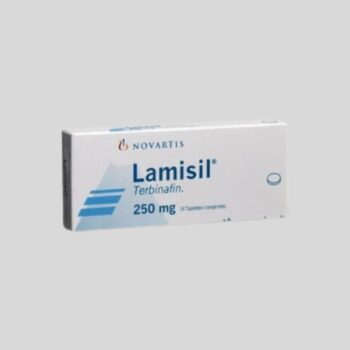Lamisil is a brand name for the medication terbinafine. It is an antifungal medication used primarily to treat fungal infections of the skin and nails. Terbinafine works by stopping the growth of fungus.
Here are some key points about Lamisil:
- Fungal Infections: Lamisil is commonly used to treat fungal infections such as athlete’s foot (tinea pedis), jock itch (tinea cruris), ringworm (tinea corporis), and fungal infections of the nails (onychomycosis).
- Mechanism of Action: Terbinafine works by inhibiting the enzyme squalene epoxidase, which is essential for the synthesis of ergosterol, a key component of fungal cell membranes. By disrupting fungal cell membrane synthesis, terbinafine effectively kills the fungus and treats the infection.
- Topical and Oral Formulations: Lamisil is available in both topical and oral formulations. Topical Lamisil is usually applied directly to the affected area of the skin, while oral Lamisil is taken by mouth and is often prescribed for more severe or widespread fungal infections, especially those affecting the nails.
- Treatment Duration: The duration of treatment with Lamisil can vary depending on the type and severity of the fungal infection. For skin infections, treatment may last for one to two weeks, while nail infections may require several months of treatment.
- Side Effects: Common side effects of Lamisil may include skin irritation, itching, or a burning sensation at the site of application for topical formulations. For oral Lamisil, side effects may include gastrointestinal upset, headache, and changes in taste sensation. Rare but serious side effects may include liver damage, so liver function tests are often performed before and during treatment with oral Lamisil.
It’s essential to use Lamisil exactly as prescribed by a healthcare professional and to complete the full course of treatment, even if symptoms improve before the medication is finished. If you experience any concerning side effects while taking Lamisil, it’s important to contact your doctor.






